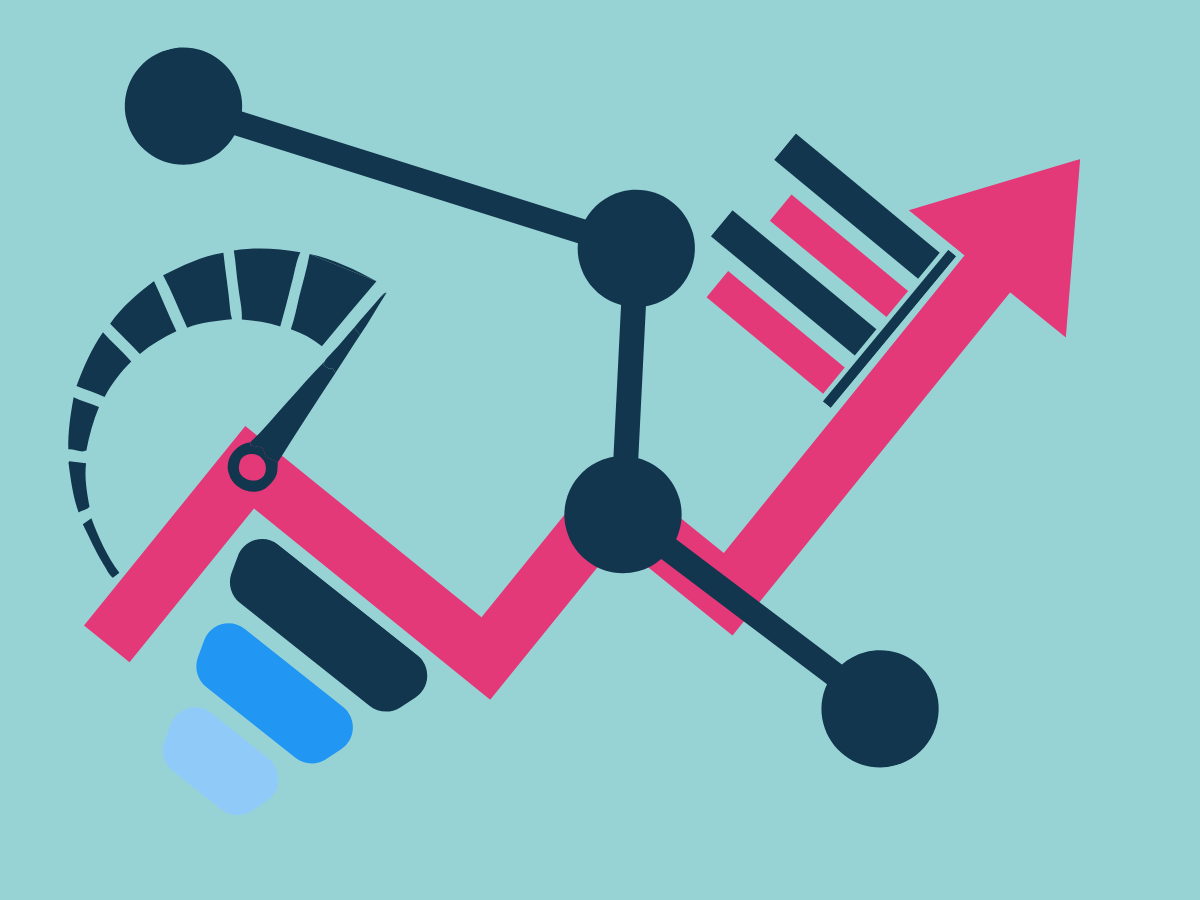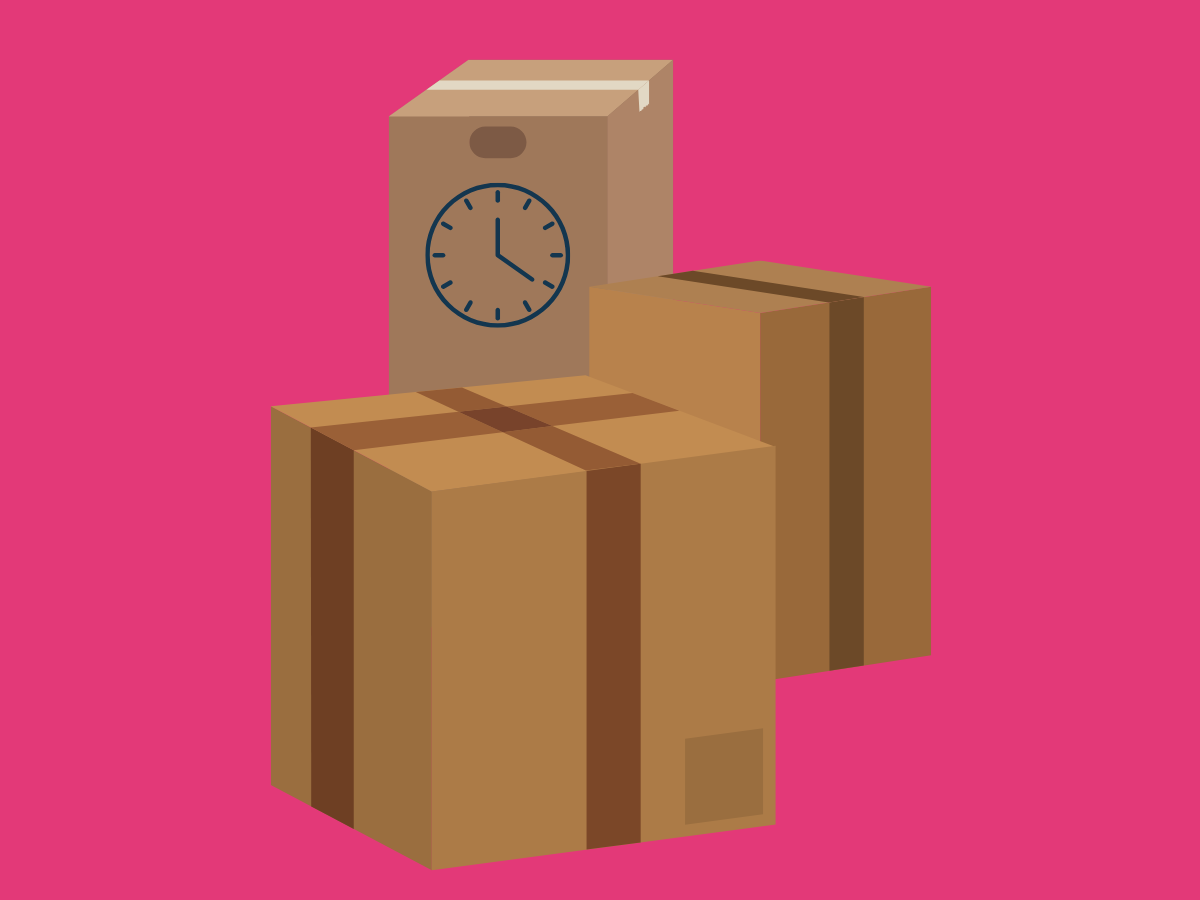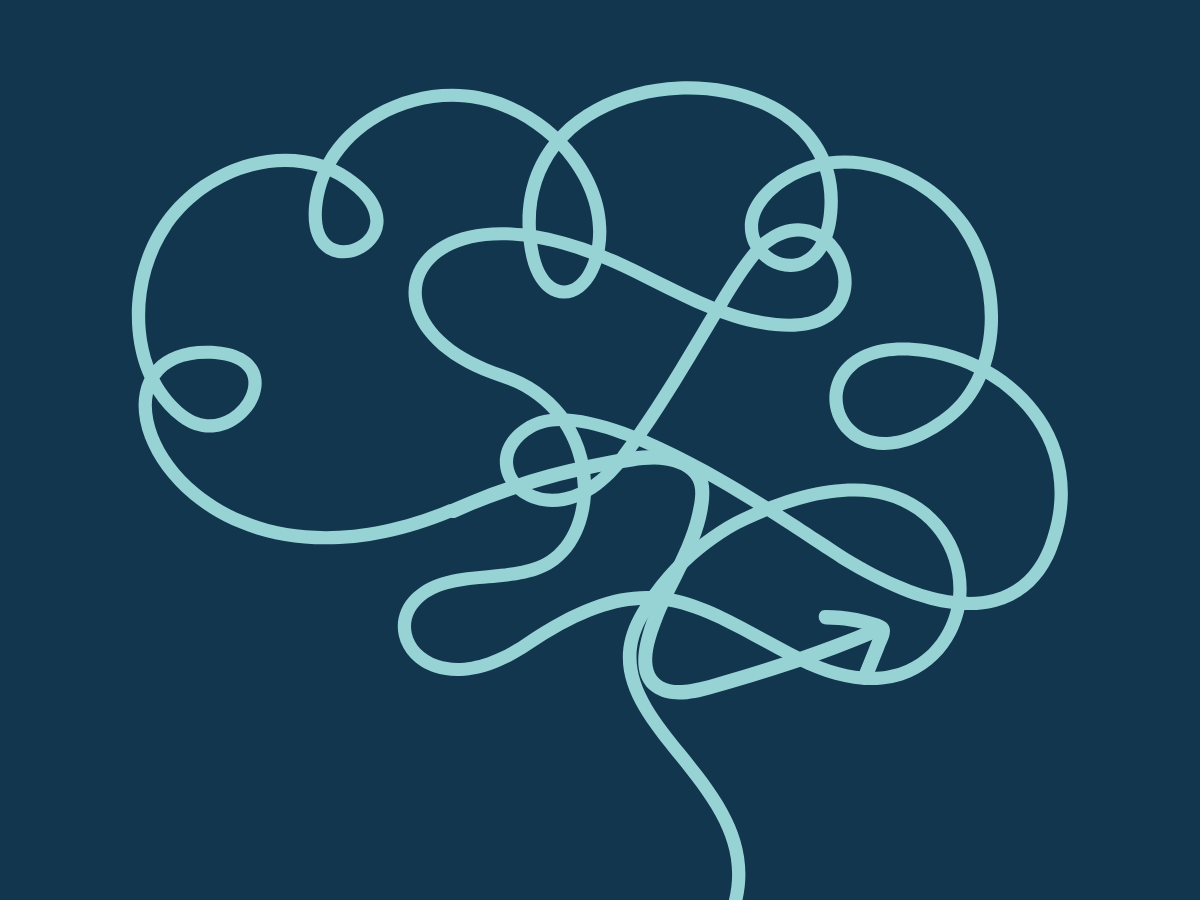The hidden cost of ignoring customer intent

You're probably losing money right now.
Not from failed campaigns or technical problems, not from giving discounts to people who don't need them, and not from helping people who do.
Most eCommerce businesses treat every visitor the same. Same promotions. Same offers. Same approach.
The problem is that your visitors aren't the same, and pretending they are costs you more than you think.
Margin erosion from blanket discounts
Overlays offering 10% off to everyone who feels safe. Easy. Fair.
They're also expensive.
When you discount every order, you're cutting margin on purchases that would have happened anyway. A reasonable estimate is that 1 in 5 people might take your 20% discount when they don't need it.
Consider £100,000 in monthly revenue with a 20% blanket discount available to all customers. That amounts to £20,000 in discounts given. If only 20% (1 in 5) didn't need it, that's £4,000 wasted monthly. Over a year, that adds to £48,000 in unnecessary margin erosion.
The worst part? You're training customers to expect it.
How untargeted promotions train customers to wait
Ever noticed customers abandoning carts and coming back later?
They're waiting for your discount.
When you offer promotions indiscriminately, shoppers learn the pattern. They know a discount will appear if they wait (or abandon a cart, or sign up for emails). You've created a game where the smart move never pays full price.
Research by VoucherCodes.co.uk revealed that a third of shoppers wait until they can get a discount before making a purchase (31%).
It gets worse over time. On the first visit, the customer considers buying at full price. Then your discount overlay appears. The customer thinks, "Oh, there's always a discount here." On the next visit, they expect it. Eventually, they won't buy without one.
You've accidentally taught them that your prices aren't real.
The "discount seeker" problem you're creating
Blanket promotions attract the wrong crowd.
When you advertise discounts widely (especially in paid ads), you attract people who only care about price. These visitors have the lowest lifetime value. They return products more frequently, leave negative reviews more often, and never become loyal customers. They'll jump to competitors for 1% less.
Discount seekers don't stick around. They're renting your customer base, not joining it.
Example: Two customers buy the same £50 product. One was paid full price and returned twice over the next year, spending £150. The other used a 20% discount, never returned, and left a review complaining about shipping speed. Your profit from the first customer: £45. From the second: £10 minus support costs. Guess which one attracted your blanket discount?
Your promotion strategy determines your customer base.
Wasted ad spend bringing in low-intent traffic
Your paid ads mention a discount. (Because everyone else's do.)
Clicks go up. Cost per click stays reasonable. You're happy.
Until you look at the conversion rate.
Low-intent visitors click because they're curious about the deal, not because they need your product. They browse, maybe add to cart, and then disappear. The average eCommerce conversion rate is 2.5-3%. However, campaigns emphasizing discounts often convert worse because they attract price shoppers rather than product buyers.
Here's what happens. You spend £5,000 monthly on ads. Those discount-focused ads bring 5,000 visitors at £1 per visitor. With a low 1.5% conversion rate (because intent is low), you get 75 orders at the £60 average. That's £4,500 revenue. You lost money before considering product costs.
Meanwhile, ads targeting high-intent searches (specific products, problem-focused keywords) might cost more per click but convert at 5-8% because those visitors want what you sell.
You're optimizing for the wrong metric.
Lost revenue from high-intent visitors you're not helping
While you're discounting for everyone, high-intent visitors are leaving.
Not because of price. Because of friction.
Someone who's searched for your product thrice, read reviews, and added to the cart doesn't need 10% off. They need clear delivery information, stock availability confirmation, a simple checkout process, trust signals and security badges, and multiple payment options.
Research from Baymard Institute found that 18% of US online shoppers abandoned a cart because checkout was too complicated.
These weren't low-intent browsers. They were ready buyers who hit a wall.
Example: A customer ready to spend £300 on your product abandons because you don't offer their preferred payment option. Meanwhile, your site's overlay offers them 10% off (£30 you didn't need to lose). Instead of removing friction, you threw money at the problem. You lost £300 in revenue trying to save a sale that didn't need saving.
High-intent visitors convert on experience, not discounts.
Stock is sitting because you're promoting the wrong products
Your warehouse has 500 units of a slow-moving product.
Your homepage promotes your bestsellers. (They sell themselves.)
Three months later, you're running a clearance sale at 40% off to move that slow stock.
You just gave away a 40% margin because you promoted unquestioningly.
Intent data tells you which products to push and when. High-intent visitors browsing similar categories should see your slow movers. Low-intent visitors exploring your site should see bestsellers to build desire. Cart abandoners should see what they almost bought to close the sale.
According to research from OrderDynamics, retailers face a significant challenge with inventory management. The combined effects of overstocks, out-of-stocks, and preventable returns result in a loss of 11.7% of their revenue. Much of this issue arises from promoting the wrong products to the wrong audience at inopportune times.
Example: You're promoting premium trainers to everyone. But high-intent visitors searching "running shoes under £60" won't buy them. Show those visitors your mid-range stock instead. Save the premium promotion for people already viewing high-end products.
Intelligent inventory management means smart promotion targeting.
Real numbers: what poor intent targeting actually costs
Let's put it all together with a realistic scenario.
Take a medium-sized online retailer with £3M annual revenue and a 30% gross margin (£900K). They offer an average 15% discount and spend £450K on discounts annually.
If just 30% of those discounts went to people who didn't need them, that's £135,000 wasted on unnecessary discounts.
Add in related costs. Wasted ad spend on low-intent traffic runs about £60K annually. Lost sales from high-intent visitor friction cost another £200K annually. Margin loss from clearance on poorly promoted stock adds £100K annually.
Total hidden cost: £495,000 per year
That's 55% of your gross margin disappearing because you're not targeting by intent.
Now imagine recovering even half of that. £247,500 that could go to better customer experience, product development, or actual business growth.
(Or just profit. Profit is good too.)
The path forward
You don't need to fix everything at once.
Start with one change: Stop giving discounts to people who've just arrived. They haven't decided they want your product yet. That single change can recover 20-30% of wasted promotion spend.
Then add targeting. High-intent visitors get friction removal, not discounts. Low-intent visitors get inspiration and education. Medium-intent visitors get social proof and reviews. Cart abandoners get targeted incentives based on cart value.
Research from McKinsey shows that personalization can deliver 5-8x ROI on marketing spend and lift sales by 10% or more.
But you can't personalize if you don't know the intent.
What this actually means
Ignoring customer intent doesn't feel expensive because the costs are hidden.
You see revenue. Orders. Traffic.
You don't see the margin erosion, customer training, wasted ad spend, or high-value sales you lost.
But it's there. Compounding. Every day.
The good news? Once you start targeting by intent, these hidden costs become visible savings. Your promotion budget works harder. Your margins improve. Your customer base strengthens.
All because you stopped treating everyone the same.






